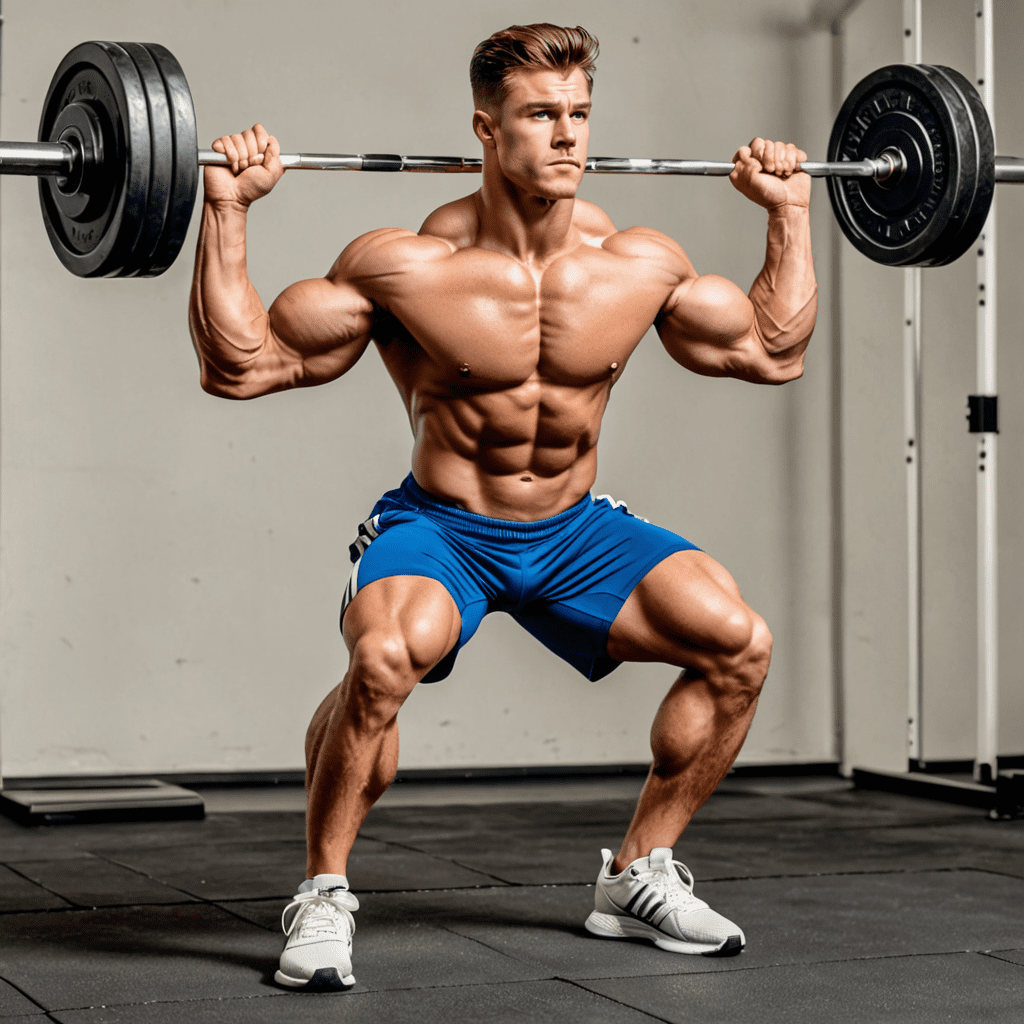
Why Does It Hurt to Squat?
Squatting is a fundamental exercise in many fitness routines, but it can also be a source of pain and discomfort for many individuals. Understanding the reasons behind the pain and how to prevent it is crucial for anyone looking to incorporate squats into their workout regimen.
The Importance of Proper Form
One of the primary reasons why squatting can cause pain is improper form. Ensuring that the body is positioned correctly during a squat is essential for preventing unnecessary strain on the muscles and joints.
Muscle Imbalances and Weakness
Muscle imbalances and weaknesses in certain muscle groups, such as the quadriceps, hamstrings, or glutes, can contribute to squat-related pain. Addressing these imbalances through targeted exercises and stretches can help alleviate discomfort.
Inadequate Warm-Up and Mobility
Insufficient warm-up and poor mobility can lead to discomfort during squats. Dynamic stretching and mobility exercises can help prepare the body for the demands of a squatting movement, reducing the risk of pain and injury.
Impact on Joint Health
Improper squatting technique can put excessive stress on the knee joints and lower back, leading to pain and potential long-term issues. Understanding the impact of squats on joint health is crucial for safe and effective training.
Preventing Squat-Related Pain
Implementing proper squatting techniques, addressing muscle imbalances, prioritizing warm-up and mobility, and being mindful of joint health are key steps in preventing squat-related pain. By understanding these factors, individuals can enjoy the benefits of squats while minimizing discomfort.
FAQ
Coming soon…


